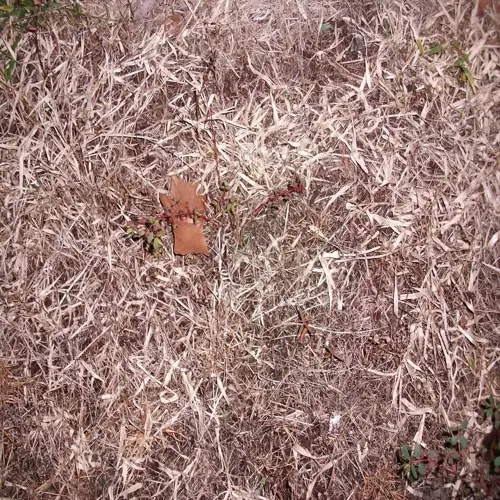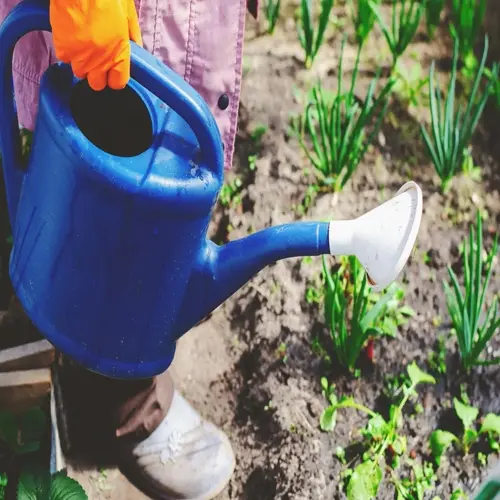How does gypsum improve clay soil?

Written by
Nguyen Minh
Reviewed by
Prof. Charles Hartman, Ph.D.Gypsum alters clay soil chemically through ionic exchange, without changing the pH. When gypsum dissolves in soil moisture, it releases calcium ions, which displace sodium. Displacing sodium causes the clay particles to aggregate, forming pore spaces. I have observed standing water in gardens after the correct application of gypsum.
Particle Aggregation
- Calcium ions bind to negatively charged clay particles
- Forms stable crumbs instead of dense plates
- Creates 30-50% more pore space for air and water
- Improves root penetration within 3 months
Sodium Displacement
- Critical for sodic soils with high sodium content
- Calcium replaces sodium on clay exchange sites
- Flushes sodium below root zone with irrigation
- Reduces surface crusting and improves seed germination
pH Neutral Effect
- Unlike lime, gypsum doesn't raise soil pH
- Maintains optimal range for most plants
- Safe for alkaline clay soils common in arid regions
- Won't create acidic hotspots like sulfur amendments
Proper application of gypsum enables maximum benefit. For established garden plants, apply 20 lbs. per 100 square feet, which is approximately 9 kg per 9.3 sq. m. Gypsum should be applied evenly to moist soil before rain or irrigation. Water thoroughly to activate the chemical reaction in the soil. For best results, repeat every 1 to 3 years as determined by soil tests.
Observe results through changes you can see. In 2-3 months, the soil will develop a crumbly structure. Water infiltration will get much better. Roots will penetrate much deeper into compacted layers. My garden's drainage improved significantly in just one season by applying gypsum properly.
To get the best results from gypsum, combine it with organic amendments. Compost can be layered on top of gypsum-treated areas. The organic matter helps to maintain the pore structure created by gypsum. Earthworms expedite the process by moving gypsum deeper. This combination will result in long-term improvements in heavy clay soils.
Read the full article: Clay Soil Amendments: The Ultimate Guide

